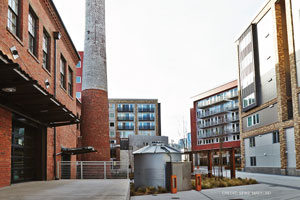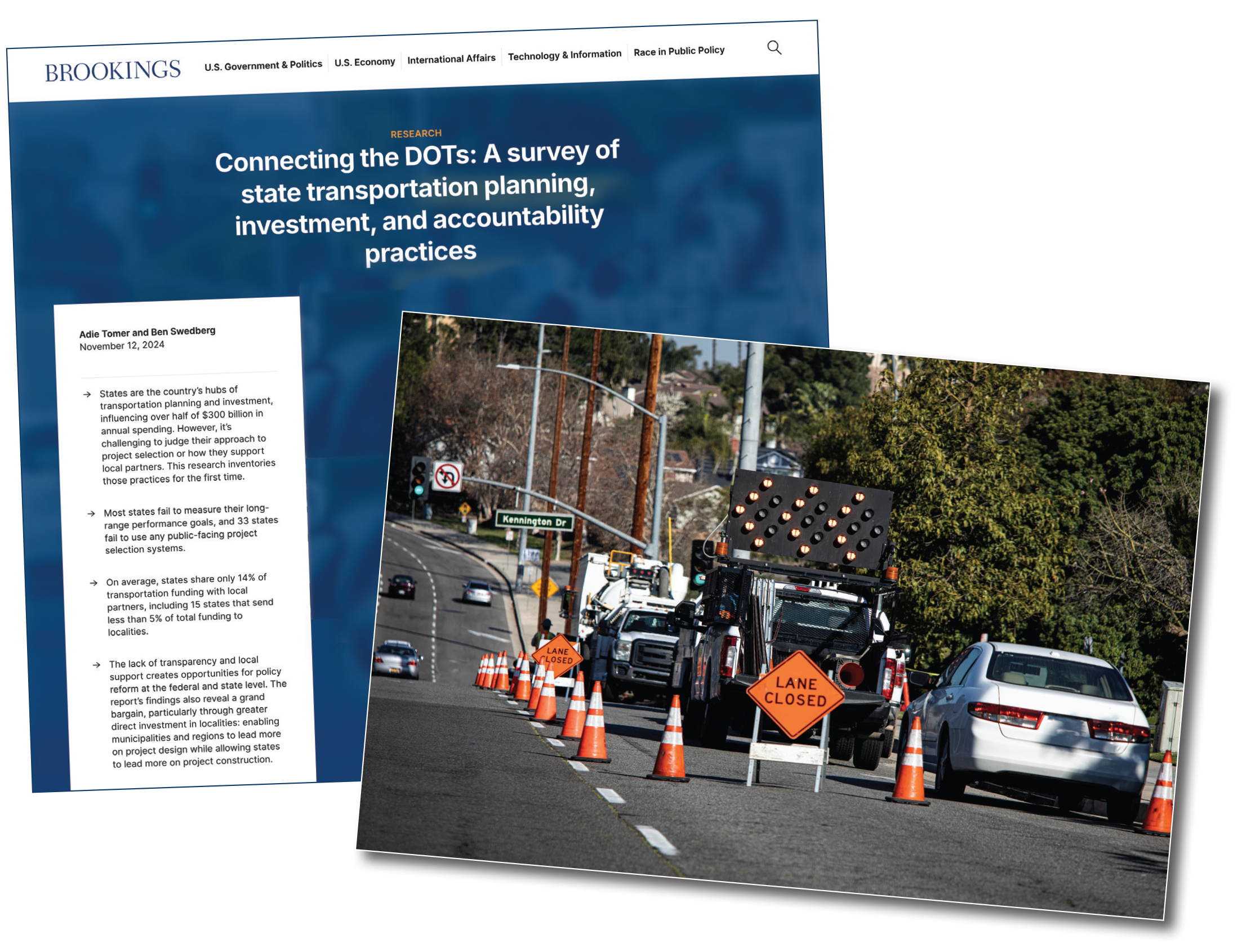January/February 2018
Communities: Government
In Pursuit of Energy Efficiency, Code Change May Help
Cities and states that want greater energy savings out of their buildings would benefit by changing to new outcome-based codes instead of the widely used prescriptive or performance-based codes, according to a new guidance document.
The document, prepared by the National Institute of Building Sciences and the New Buildings Institute, aims to help jurisdictions make that transition. NIBS and NBI have been working for years on addressing energy performance in buildings through their lifecycle.
“We wanted to make sure that cities were aware and had the tools available to really address energy performance in a way that was meaningful and provided actual benefits,” says Ryan Colker, Consultative Council director and presidential advisor at NIBS. He explains that as cities pursue performance goals, whether they’ve signed onto the Paris Climate Accord or are pursuing greenhouse gas or energy use reduction goals, they benefit from measured results.
As the new guidance explains, prescriptive codes, with a checklist of requirements to meet, are easy to use and enforce but have several disadvantages. They can be slow to incorporate new technologies, focus on bare minimum requirements, and don’t address the whole building as a system. Performance-based codes, which set a required energy performance level and are based on energy models, may not offer consistent results and don’t require results to be measured.
Increasing building efficiency is an important step in reducing US greenhouse gas emissions and, ultimately, addressing climate change. Residential and commercial buildings account for about 40% of the nation’s energy consumption.
Building energy thought leaders are now encouraging outcome-based codes. This more holistic approach provides a target energy use at the beginning of a project and allows flexibility and innovation in working toward that result. But actual energy use must be reported once the building is completed. If the targets aren’t met within a certain time period, remedial action may be required.
Seattle is one of the few metropolitan areas that has an outcome-based pathway in its code. The redevelopment of the city’s historic Supply Laundry Building, completed in 2014, showed that change comes with challenges, however.
As part of the nation’s first pilot project using outcome-based codes, the Supply Laundry Building was being converted to offices and a restaurant. To ensure energy targets were met, tenants had to agree to design to the bounds set by the project’s mechanical engineering subcontractor, Ecotope Inc.
 According to Jon Heller, P.E., Ecotope president, the team didn’t think to put requirements on the cooking equipment. With 32 pilot lights on cooking equipment burning day and night, 10% of the total energy use of the building literally went up in flames. “It was kind of a disaster,” he says.
According to Jon Heller, P.E., Ecotope president, the team didn’t think to put requirements on the cooking equipment. With 32 pilot lights on cooking equipment burning day and night, 10% of the total energy use of the building literally went up in flames. “It was kind of a disaster,” he says.
In the end, the project did meet the target; but there was less of a buffer than Heller was expecting. A key lesson learned: Tenants have to be given restrictions not only on mechanical and lighting systems, but also on all additional equipment.
Heller also notes that he’s had difficulty convincing developers to use the outcome-based pathway, even when he’s offered to guarantee the outcome and pay any fines if the goals are not met. They’ve declined, he says, because of the level of risk added by a building not meeting code until it’s completed. That’s not an insurmountable issue, Heller says, but it does create a “certain amount of trepidation.”
His solution: transition the modeling pathway to an outcome-based one and remove the former option. “If we want low-energy buildings, we have to focus on the outcome we want,” he emphasizes. “If people are forced to prove they are using less energy, the market will figure out how to deliver.”
Current design processes and technologies were developed when energy was cheap and climate change wasn’t recognized, Heller adds. But now focusing on energy efficiency is about more than just saving the client money. “It’s really about the health of the planet and our communities.”
Access Implementing an Outcome-Based Compliance Path in Energy Codes: Guidance for Cities.


 Volunteering at NSPE is a great opportunity to grow your professional network and connect with other leaders in the field.
Volunteering at NSPE is a great opportunity to grow your professional network and connect with other leaders in the field. The National Society of Professional Engineers (NSPE) encourages you to explore the resources to cast your vote on election day:
The National Society of Professional Engineers (NSPE) encourages you to explore the resources to cast your vote on election day: RESTORATION OF THE SUPPLY LAUNDRY BUILDING, LEFT, OFFERED LESSONS ABOUT THE USE OF OUTCOME-BASED CODES AND ENSURING TENANTS PLAY THEIR PART IN MEETING ENERGY TARGETS. CREDIT: SPIKE MAFFORD
RESTORATION OF THE SUPPLY LAUNDRY BUILDING, LEFT, OFFERED LESSONS ABOUT THE USE OF OUTCOME-BASED CODES AND ENSURING TENANTS PLAY THEIR PART IN MEETING ENERGY TARGETS. CREDIT: SPIKE MAFFORD




